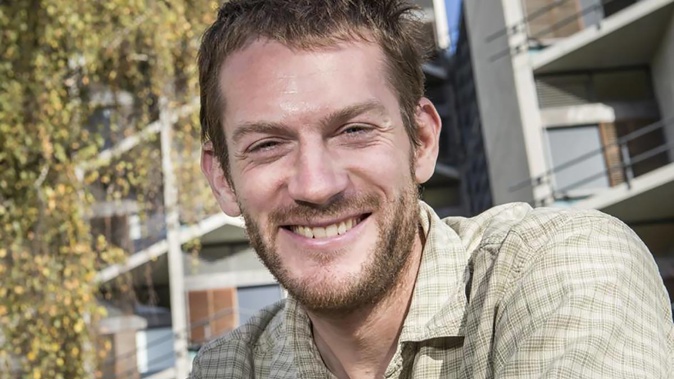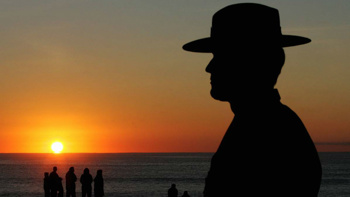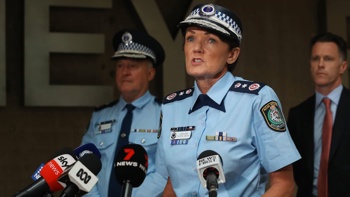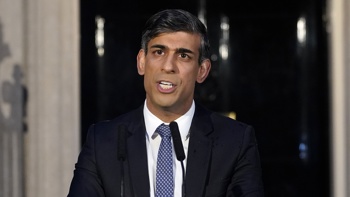
By Hamish Cardwell for RNZ
A Covid-19 modeller says hundreds more people could die in the first wave of the Omicron outbreak.
The total death toll stands at 258, with the current average of 12 deaths a day of people with Covid-19.
Michael Plank from the University of Canterbury and Covid-19 Modelling Aotearoa expected this death rate to continue for a few more weeks, and ultimately between 300 and 500 people to die by the end of the first Omicron wave.
"Because although it looks like cases have peaked, deaths [lag behind]," Plank said.
The death total was at about the lower to middle end of projections from earlier this year - which picked between 400 and 1200 deaths, he said.
A reason for New Zealand's low death rate was the high booster uptake among older people and young people comprising a large amount of those infected.
But Plank said there still could be new Covid-19 variants or second waves which could affect the numbers.
If the virus took hold in communities with low booster rates, for example Māori, or high risk populations such as those in aged care facilities, that could cause the rate to increase again, he said.
Overall, there have been fewer deaths than usual in New Zealand since the pandemic started because lockdowns basically eliminated influenza.
But with borders opening soon bringing in travellers with infectious diseases, and winter coming, there are still difficult times to come.
University of Otago epidemiologist professor Michael Baker said it was likely to be a bad influenza season, and it was crucial people get the flu jab.
Baker said it was prudent that older people and those in poor health thought about cutting back on socialising for a few weeks while the Omicron outbreak ran its course.
While nationwide case numbers appeared to have peaked, many in the community were infected with the virus, he said.
But the big picture was that New Zealand's Covid-19 response had been effective, with the death toll among the lowest in the world, Baker said.
There were five times the number of deaths in Australia and Singapore, which also implemented strong measures to combat the spread of the virus.
Baker said the death toll was 20 times higher in Hong Kong, Denmark and Canada and 50 times higher in the UK.
Baker says predictions that 300-500 people could die of Covid in New Zealand were "very plausible" and fitted international estimates of about 400 deaths by the end of the current Omicron wave.
/cloudfront-ap-southeast-2.images.arcpublishing.com/nzme/GM7IAJPBCHVR5SVCVJY24B5D6U.jpg)
Otago University epidemiologist Professor Michael Baker. Photo / Supplied
Around 200 people had died since the wave started, and it appeared we were about halfway through with hospitalisations peaking about a week ago and case numbers about 3 weeks ago.
"It is a shock for us - we've gone from no one dying most days now to a moving average of around...13 deaths a day," Baker said.
This appeared to be plateauing but those numbers could last another week before beginning to fall.
"It does still depend on the behaviour of New Zealanders." Many people had not yet been infected and it wasn't inevitable - the aged care sector was very good at protecting residents and that was a big focus.
Compared to other countries, New Zealand was still doing very well. Cumulative mortality was about 50 per million which was the lowest in the OECD, which reflected our first two years of managing the pandemic very well.
But now our daily mortality rate was about 2 per million, which was middle of the range for a high income country.
Excess mortality was also still down - about 3000 deaths lower than would be expected in the last two years.
Asked what were New Zealand's Achilles' heels, Baker said there were two big, entirely preventable gaps.
Just over half of 5 to 11-year-olds were vaccinated - the good news was they had low mortality but the bad news was that they were susceptible to long Covid.
The second concerning gap was that almost one million eligible New Zealanders had not had their booster.
"This is absolutely lifesaving for people, at the very least it may prevent you having a miserable illness for a couple of weeks."
The 8-week gap between paediatric doses could potentially be shortened- but the big problem was nearly half hadn't even had their first dose.
Second doses were rising but "I'm still really surprised more parents aren't taking advantage of the vaccination at all".
Take your Radio, Podcasts and Music with you









